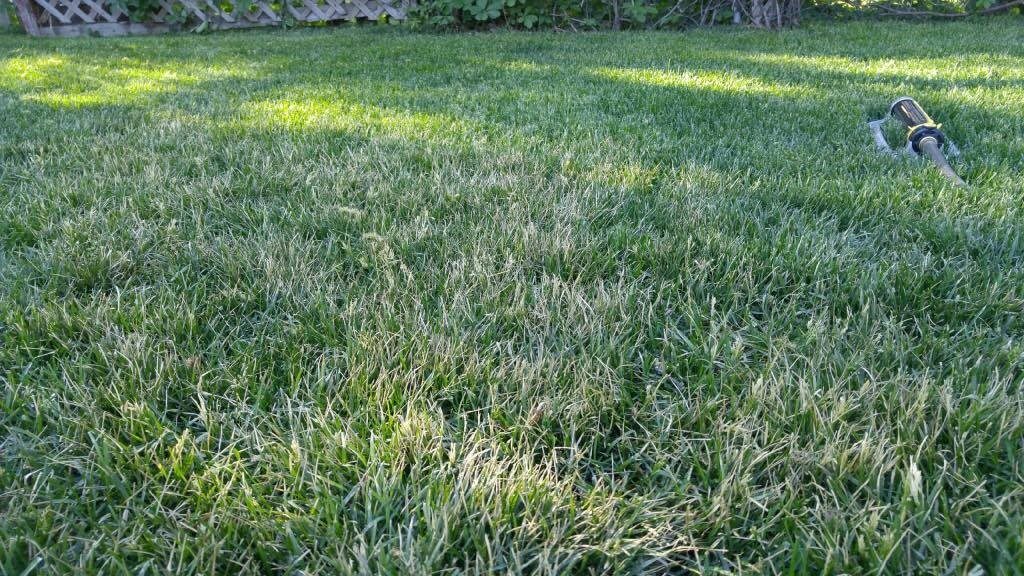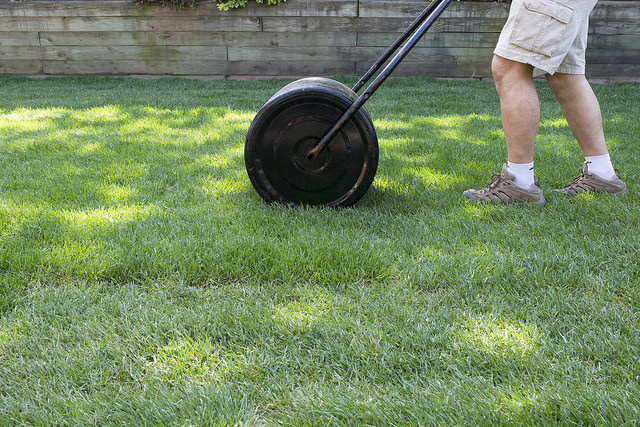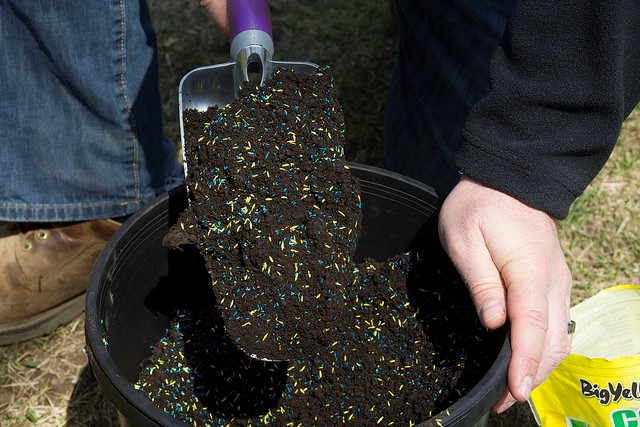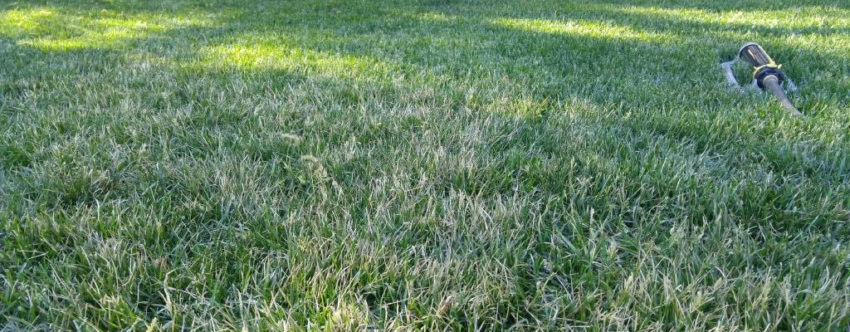Trying to achieve a lush lawn in a shaded area can seem like a daunting task. Many people try to lay sod in areas with limited sun exposure and end up with a headache from constantly failing. Luckily there are several things to consider, and several precautions that can be taken in order to maximize the chances at sod success in the shade.
Finding the Right Sod for Shade
Mother Nature is excellent at regulating itself. Different plants flourish in different situations for different reasons. Imagine yourself walking through a forest. The forest floor is heavily shaded, and it’s no surprise that you wouldn’t find a lush field of grass growing there. Grass requires at least some sunlight in order to grow. Some cultivars (species of grass) are better than others at growing in the shade, but no grasses will survive with no sunlight. Greenhorizons Sod Farms Premium Bluegrass is comprised of several carefully selected cultivars, and it is engineered to have improved drought, shade, and wear resistance. However, like any other grass, it does require some sunlight. If you still have your heart set on laying sod in the shade, you have to be diligent.

Moisture Regulation
The most common issue that shaded grasses face is being prone to diseases. Disease in turf is usually due to improper regulation of moisture. In the shade, the sun is not evaporating the excess moisture and the air flow is often insufficient. This means that the turf is likely going to hold moisture until well into the day. When the turf is constantly moist, there is much more opportunity for the disease to take hold. Ensuring that your soil has proper drainage is especially critical when laying sod in the shade. Also pruning low hanging branches and making sure that there is proper air flow going through a shaded area can help regulate the moisture.
Grading is another factor when considering stagnant moisture in your shaded turf. Be sure that before you lay your sod, the underlying soil is properly graded away from any structure. This will help in shedding excess water away from your shaded area and from any nearby structure.
Different Growth Patterns Caused by Shade
Grass in the shade grows differently than grass in the sun. Since it is not getting the proper amount of sun light, the grass puts less effort into growing broad, lush leaves and more effort into growing upwards, trying to find more light. This causes the grass to have longer, thinner leaves that are much less wear-resistant. Also, root systems for shaded grasses are often much shallower and weaker. This can also cause the grass to be worse at recovering from wear that can occur. Try and avoid any human or pet traffic in the area! It will cause much more stress on your turf, especially when it is just starting to establish.

In most shaded areas, using slightly less fertilizer than you would in sunny areas is also advised. This is due to the fact that your shaded grass will grow slower, and therefore process less nutrients. However, if the shade is caused by trees growing close to the turf, you may have to fertilize more since the tree is competing with the sod for nutrients. Pay close attention to your sod and change your fertilizing practices based on how your grass is reacting. Also, keeping the grass free of debris buildup is essential when trying to establish sod in the shade. Anything that will prevent sunlight from reaching the grass will be a hindrance to your sod’s success.
Mow, Mow, Mow Your Lawn!
Keep mowing. Often homeowners have the misconception that grass in the shade is starting to thin out due to mowing practices. They will see that the sod in the shade is not producing as many clippings, and they will cut back on mowing that area (pun intended). Its important to realize that frequent mowing (while still not taking off more than 1/3 of the grass blade) actually relieves some stress from the lawn. It will also add some nutrients back to your soil in the form of grass clippings. Check out OrderSodNow for more information on that.
Overseeding Shaded Grass
Another way to beef up your shaded turf is to overseed consistently. The most effective time to overseed is the fall, and it will thicken up your turf, making it more resistant to wear and drought.

Ultimately, establishing sod in the shade isn’t easy, and the more sunlight you can expose your grass to, the better. Remember to ensure that you have a good balance of moisture retention and drainage, stay on top of pruning nearby trees, and that you avoid having too much traffic on your shaded sod. I truly hope these tips will help homeowners green up some of the shady areas of their yard.

Can you have some shade sod and some sun sod in the same yard? Do they look different? Will it look weird?
Hey Heddie,
Thanks so much for your comment! Be very careful when installing sod in the shade. All sod varieties require at least 4-6 hours of sunlight per day! You will notice that the shaded areas will have poorer performance than the sod in sunny areas, especially if you use the same maintenance practices across your whole lawn. Shaded areas require more intensive care, so be wary of this when planning your sod installation!
Good luck to you and your new lawn!